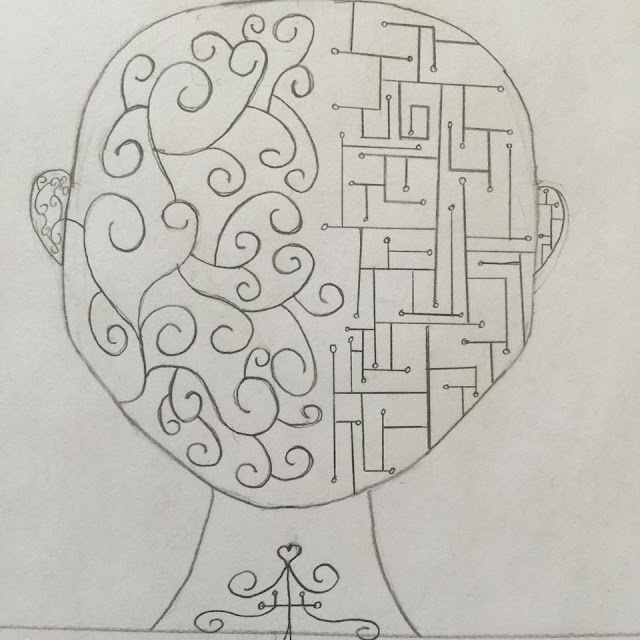Irena Sendler Died This Week....A True Inspiration

(Here's an inconvenient truth for you...she was nominated for the Nobel Peace Prize, but lost to Al Gore. Incredible. sb)
Irena Sendler, 98; saved 2,500 children in the Holocaust
Los Angeles Times / May 13, 2008
LOS ANGELES - Irena Sendler, a Polish Catholic social worker whose ingenuity and daring saved 2,500 Jewish children from extermination in the Holocaust, a feat that went largely unrecognized for 60 years, died yesterday in Warsaw. She was 98.
Ms. Sendler has been called the female Oskar Schindler, but she saved twice as many lives as the German industrialist who sheltered 1,200 of his Jewish workers. But unlike Schindler, whose story received international attention in the 1993 movie "Schindler's List," Ms. Sendler and her heroic actions were almost lost to history until four Kansas schoolgirls wrote a play about her nine years ago.
"One person can make a difference," Megan Felt, one of the students who wrote the play, said yesterday of Ms. Sendler.
"Irena wasn't even 5 feet tall, but she walked into the Warsaw ghetto daily and faced certain death if she was caught. Her strength and courage showed us we can stand up for what we believe in, as well," said Felt, who now helps raise funds for aging Holocaust rescuers.
Ms. Sendler was born Feb. 15, 1910, in Otwock, a small town 15 miles southeast of Warsaw. She was an only child whose parents raised her to care about those in need. "I was taught that if you see a person drowning, you must jump into the water to save them, whether you can swim or not," she told the British newspaper Express in 2005. She was especially influenced by her father, a doctor who defied anti-Semites by treating sick Jews during outbreaks of typhoid fever. He died of the disease when Ms. Sendler was 9.
She studied at Warsaw University and was a social worker when the German occupation of Poland began in 1939. In 1940, after the Nazis herded Jews into the ghetto and built a wall separating it from the rest of Warsaw, disease, especially typhoid, ran rampant. Social workers were not allowed inside the ghetto, but Ms. Sendler, imagining "the horror of life behind the walls," obtained fake identification and passed herself off as a sanitary worker, allowed to bring in food, clothes, and medicine.
By 1942, when the deadly intentions of the Nazis became clear, Ms. Sendler joined a Polish underground organization, Zegota, recruited 10 of her closest friends and began rescuing Jewish children.
They smuggled the children out in boxes, suitcases, sacks, and coffins, sedating babies to prevent their cries. Some were spirited away through a network of basements and secret passages.
Decades later, Ms. Sendler was still haunted by the parents' pleas, particularly those from families who ultimately could not bear to part from their children.
"The one question every parent asked me was, 'Can you guarantee they will live?' We had to admit honestly that we could not, as we did not even know if we would succeed in leaving the ghetto that day. The only guarantee was that the children would most likely die if they stayed."
Most of the children who left with Ms. Sendler's group were taken into Catholic convents, orphanages, and homes and given non-Jewish aliases. In the hope that she could reunite them with their families later, Ms. Sendler recorded their true names on thin rolls of paper. She preserved the precious scraps in jars and buried them in a friend's garden.
She was captured by the Nazis in 1943 and tortured but refused to tell her captors who her co-conspirators were or where the bottles were buried.
During one particularly brutal torture session, her captors broke her feet and legs and she passed out. When she awoke, a Gestapo officer told her he had accepted a bribe from her comrades in the resistance to help her escape. With her name on a list of executed prisoners, Ms. Sendler went into hiding but continued her rescue efforts.
Felt said that Ms. Sendler had begun her rescue efforts before she joined the organized resistance and helped a number of adults escape, including the man she later married. "We think she saved about 500 people before she joined Zegota," Felt said, which would mean that Ms. Sendler ultimately helped rescue some 3,000 Polish Jews.
When the war ended, Ms. Sendler unearthed the jars and began trying to return the children to their families. For the vast majority, there was no family left. Many of the children were adopted by Polish families, and others were sent to Israel.
In 1965 she was recognized by Yad Vashem, Israel's Holocaust Authority, as a Righteous Gentile, an honor given to non-Jews who risked their lives to save Jews during the Nazi reign. In her own country, however, she was unsung, in part because Polish anti-Semitism remained strong after the war and many rescuers were persecuted.
Her status began to change in 2000, when Felt and her classmates became involved. Through the sponsorship of a local Jewish organization, they traveled to Warsaw in 2001 to meet Ms. Sendler, who helped the students improve and expand the play. It has been performed more than 250 times in the United States, Canada, and Poland.
After each performance, Felt and the other cast members passed a jar for Ms. Sendler, raising enough money to move her into a nursing home with round-the-clock care. They and the teacher who assigned them the play project, Norman Conard, started the Life in a Jar Foundation, which has raised more than $70,000 to help pay for medical and other needs of Holocaust rescuers.
Last year Ms. Sendler was honored by the Polish Senate and nominated for the Nobel Peace Prize, which brought dozens of reporters to her door. She told one of them she was wearying of the attention.
"Every child saved with my help is the justification of my existence on this earth," she said, "and not a title to glory."
Ms. Sendler leaves a daughter and a granddaughter.
© Copyright 2008 Globe Newspaper Company.

